CPD Course Training
Subject to demand, we provide tailored CPD/CPE courses to specific needs. Individual sections can be taken from any of our courses to provide training on specific topics. Some of our training online participation, while other courses can be provided at your premises. A selection of approved courses are listed below, but feel free to contact us to discuss your needs.
ASHRAE TC9.9
What is ASHRAE TC9.9?
ASHRAE is widely recognized by the data center industry as the unbiased engineering leader in HVAC applications and an effective provider of technical information. It’s TC9.9 technical committee and publication “thermal guidelines for data processing environments” is an industry bible for consultants, operators and manufacturers.
“Thermal guidelines for data processing environments” was updated in 2021 and is now in its 5th edition. This CPD covers a general overview of the TC9.9 guidelines, the updates in the 5th edition and the implications for cooling equipment.
Topics:
- What is ASHRAE TC9.9
- Explanation of key terms
- Key points / updates
- Updated thermal guidelines
- Cooling systems
Cooling Coil Optimization
In any data center cooling system, the cooling coil is the most important component. Whether in a computer room air handler (CRAH), fan wall, chiller or air handling unit, the coil’s position and design determines heat exchange effectiveness and efficiency.
Understanding the cooling coil’s role is key for anyone involved in designing and specifying data center cooling systems. As one of the leading global manufacturers of cooling coils and providers of data center cooling solutions, our experts have put together this CPD to give an in-depth overview of:
- Heat Transfer Principles
- Coil Construction
- Coil Circuiting
- Data Center Fluid Systems
- Evolving Data Center Industry
- System Variables & Optimization
- Coils in CRAHs / Fan Walls
- Coils in Chillers
- Free Cooling
CRAH or Fan Wall?
As large data centers grew from 10MW to 100MW and beyond, cooling system designers looked at ways of achieving more cooling capacity, without compromising on space and energy efficiency. The fan wall is one technology borne out of these investigations, and their use over the past 4 years has grown. However, “traditional” computer room air handlers have not been displaced and improvements in their own design have led to a debate over which technology is best.
In this CPD we explore the CRAH and Fan Wall debate and provide guidance on best practise, including:
- Industry Trends
- Overview of Technology
- Architecture
- Comparison
- System Considerations with CFD analysis
- Cost
- Components
- Control
Data Center Chiller Design & Optimization
A few years ago, chiller operating limits and efficiencies were preventing the industry achieving the PUEs it strove for. Alternatives, like adiabatic dry air coolers, were taking advantage of elevated supply air temperatures to provide solutions with a reduced need for compressors. Chillers were inflexible with fixed operating envelope, typical approach temperatures were wide, resulting in low supply water temperatures and the system designs were not taking full advantage of free cooling opportunities.
This presentation looks at how Chiller manufacturers like Airedale are looking at how optimizing the various variables involved in a cooling system can play to the chiller’s strengths via:
- Harmonization of indoor / outdoor equipment.
- Evolving system parameters and operating envelopes
- Incorporating latest technologies
Topics:
- Data center chiller componentry
- Glycol / Enclosed glycol loops
- Enhanced free cooling
- Controls
Data Center Chillers – From the Ground Up
Pressures on natural resources are driving data center cooling system designers back to the drawing board in order to maintain resilience and redundancy at the lowest possible energy cost. All this is happening in the face of pressures from Governments, communities, clients and the planet itself as weather becomes more extreme and unpredictable. Find out more about the evolution of data center chillers, and best practice DC chiller design:
Topics covered:
- Introduction to data center chillers
- Evolution of DC cooling
- Chiller fightback
- Designing a data center chiller
- Compressors
- From the ground up
- Glycol
- Enhanced free-cooling
- System
Liquid Cooling – Level I: Application & Technology
Global data use is exploding, with projected CAGRs of over 23%. The growth in data use / consumption, coupled with the emergence of new data-hungry applications like AI, means that data centers are getting more power-dense, bigger in size, hotter and more expensive to deploy. This lends itself to a cooling innovation shift, transitioning from air-cooling, to liquid cooling and a combination of the two.
This Liquid Cooling Level 1 CPD explores:
- The drivers influencing the shift to liquid cooling.
- A comparison of the various technologies looking to gain traction in the evolving market:
- Direct to Chip
- Single Phase
- Two Phase
- Immersion
- Single Phase
- Two Phase
- Direct to Chip
Liquid Cooling – Level II: Hybrid Data Centers
The question of which cooling technology will prevail and when is now largely over, as densities continue to rise and liquid cooling technology moves from theory to reality ever more quickly. The “one or the other” debate is also settled as it is clear that in many cases, air cooled systems will co-exist with liquid ones, supporting mixed density loads and dealing with heat rejection at both the chip and peripheral levels.
In this Liquid Cooling Level II CPD we explore:
- Some of the key considerations when it comes to designing and operating hybrid cooling architectures.
- Which technologies will be needed to support higher densities.
- Best practises when it comes to schematics, system temperatures and operational management for hybrid cooled data centers.
Optimizing Data Center Cooling System Performance Using Dedicated Controls Platforms
Most large data centers now operate using chilled water cooling. Much of the improvement focus over the past decade has been on the equipment itself, but the chilled water system as a whole is now under the spotlight.
As data centers get larger and the industry becomes globalised, one of the things we’re seeing is a move to variable primary-only chilled water systems. The challenge with these systems is the robust controls loop protocols to ensure the system delivers resilience and redundancy at the lowest possible energy output. Often a BMS is used to mange the system, but often the level of built-in modification, control and protection of the system that we believe is required is not something that a BMS provider could achieve alone.
This CPD introduces the idea and recommended specification of a dedicated real-time decision making tool delivering required cooling, maintaining redundancy levels, increasing resilience, all at the lowest possible energy outlay and while maintaining the system within the cooling equipment’s stated operating envelopes.
The US Refrigerant Landscape – updated and extended technical presentation
With particular focus on legislation, the growth of “mildly flammable” refrigerants and the opportunities for the data center sector.
This presentation has been developed with input from consultants, suppliers and our research team, and is aimed at consultants designing data center cooling systems, who want to understand the refrigerant landscape now and in the future.
The presentation can be delivered remotely or in-person by our data center expert Stuart Kay and covers:
- An introduction to refrigerants and global warming potential
- Global refrigerant legislation (Montreal Protocol, Kigali Amendments)
- US legislation
- Kigali
- PFAS Legislation
- EPA timeline of US regulations
- Significant New Alternatives Policy (SNAP)
- Climate Alliance States / California Air Resources Board
- AIM Phasedown
- Building Codes
- A2L Refrigerants
- Airedale by Modine strategy
- Impacts / Considerations
- Suppliers / Competitors
- Airedale envisioned timeline
- Supplier Strategies
- Technical Considerations
- CRAC
- Chiller
- Application
- Service / Maintenance
Water Side Optimization
In all, data centers throughout the United States were projected to consume a combined 174 billion gallons of water in 2020 (US Department of Energy report). With water an increasingly precious and often scarce natural resource, the data center industry must take its water conservation responsibilities seriously.
This presentation covers a cooling system design philosophy called Water-Side Optimization, a method of adjusting system parameters to deliver excellent PUEs without the use of adiabatic cooling.
Topics:
- Global water crisis
- The evolution of data center cooling
- Temperature variables
- Optimizing temperature variables
- How to achieve in projects – equipment / software

